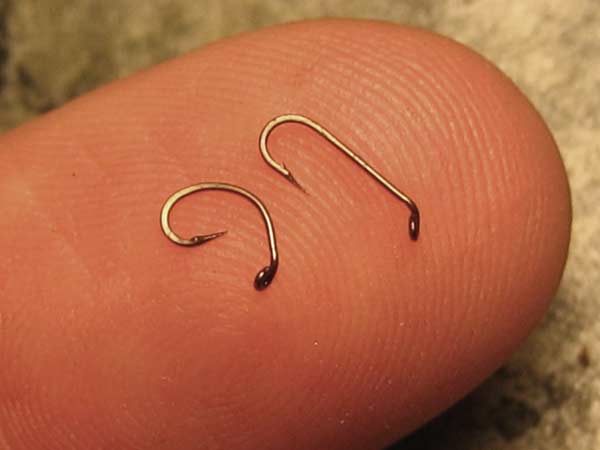I moved to North Carolina in July, and it was so unpleasantly awfully hot that when we went out, it was to snorkel. For a while now the temperature has been getting cooler and I've been wanting to go out fishing. But I, the Cleveland Ohio native, figured that once the temperature started to dip that it would be winter and that meant no more outside activities until it thaws.
The high on Saturday is 61 degrees.
I'm so excited! I went out today and got a fishing pole, a floating bobber, weights, and size 10 hooks. The whole thing cost twenty bucks, so it's not hard on the wallet. I'm hoping to go out Sunday (high of 54 degrees, ha ha Cleveland suck it) and am planning to look for blue spotted and black banded sunfish for a fellow NANFA member. Two of my friends are planning to go with me, and we're bringing a picnic. I plan to take pictures of whatever we catch, and will post them here when I get back. yay
Do you have any tips for a first time fisherperson? I tried to find barbless hooks but they didn't sell any. The barbs are very small, which is the best I could do. I plan on salting the bucket that I put the fish into, and I have a cycled setup ready for them to live in temporarily until the NANFA member can come pick them up. And I chose a spot in the Yadkin Pee Dee drainage, where there aren't any banded sunfish that I could possibly confused with blackbanded sunfish (if that happens). The state's endangered fish are the Cape Fear Shiner (Notropis mekistocholas), the Spotfin Chub (Cyprinella monacha), and the Waccamaw Silverside (Menidia extensa), none of which are sunfish that I could possibly confuse with the fish I'm looking for. And I already located a bait shop and called to make sure they're open on the day and hour I'll be en route to the state-endorsed fishing pond. *nods* I think I'm doing this right, but if anyone has any pointers, I'd love to hear them. How does one fish for sunfish? Every time I ask someone, they just tell me to try to fish for something else. ...











